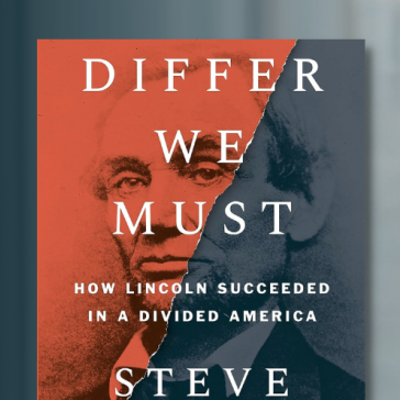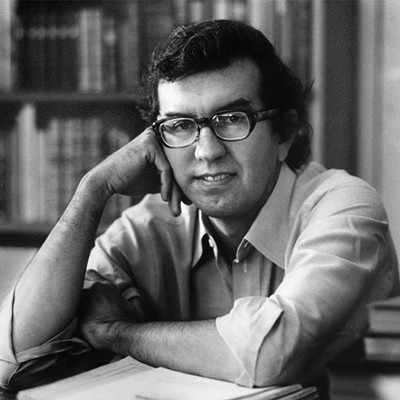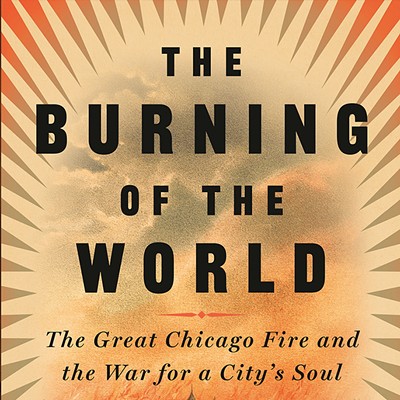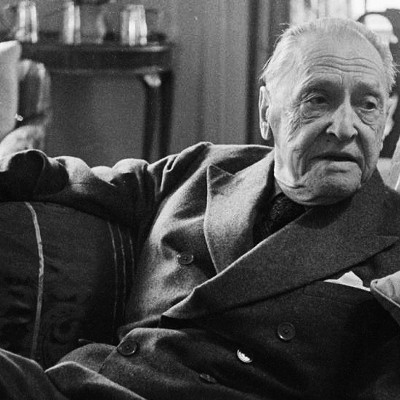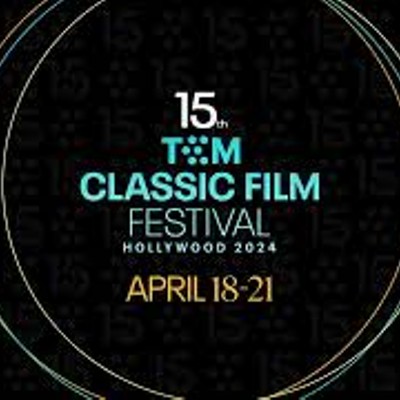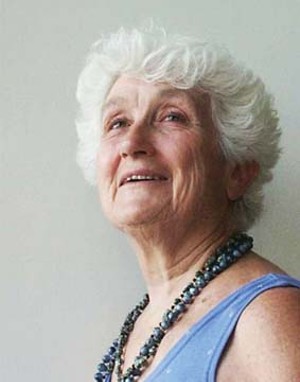
Imagine you’ve discovered a box of jumbled old black and white photographs of good-natured folks going about their work. Further down are personal letters, ledgers, then clippings from newspapers and farm journals. There are even two bound master’s theses about a model Beloit, Wis., dairy farm. Well, that explains all the portraits of cows! It would be nice, you think, to know about the people in the photos.
If you have that sort of curiosity, Jacqueline Dougan Jackson’s The Round Barn: A Biography of an American Farm is ideal because she’s a gifted storyteller who pulled together those family materials into a coherent whole. It’s meant for readers who want to follow the lives of the Dougan family as well as the historians who will appreciate a chronicle of Midwestern agriculture in the 20th century. Scholars will use the scientific and sociological data to understand evolving practices. Casual readers may skip the fine points of genetics, no matter how engagingly written, but the picture of a cow being artificially inseminated grabs attention with a rubber glove and doesn’t let go!
The Dougans left a wealth of documents. It would be noteworthy enough that both of Jackson’s parents had college degrees in the 1920s, but so did all four of her grandparents. Jackie Jackson is well known in Springfield as a founding faculty member of Sangamon State University, author, radio host, and weekly Illinois Times poet. Those who’ve read her previous books about the Wisconsin dairy farm where she grew up will eagerly welcome 99 new stories. The second volume is divided into two sections, “The Big House” and “Around the Farm.” This follows the structure she diagrams in the front matter, with the silo at the center surrounded by the round barn, the milk house, the dwellings, land, neighbors, town and a final concentric circle of the wide world as far as Janesville and beyond.
Her time-traveling approach takes a bit of getting used to; her stories are always in present tense, third person, so Jackie is a character in her own book. It’s as though she were picking photos up from the box and describing each, regardless of chronological order. The exception is one thread that tells about her father, Ronald Dougan, and another that describes his foster sister, Esther. (You might think it’s Jackie on the cover with the calf, but, no, it’s Esther.) Ron nearly breaks his parents’ hearts when he goes to college and takes up smoking and dancing but he returns to the straight and narrow for a life of hard work, happy marriage, four children, honor and success. Jackson’s grandparents, Wesson and Eunice, wanted a little girl so they raised a foster daughter. From the moment she protests about having her own name, Agnes, taken away and being renamed Esther, we know that things are going to go wrong. The suspense is in finding out just how wrong.
As with Volume 1, this volume is dedicated to Wesson Joseph Dougan since it was begun as a promise to her Grampa when Jackie was a teenager. He built the round barn in 1911 and it stood for more than a century with his aims inscribed on the silo: “1. Good Crops 2. Proper Storage 3. Profitable Livestock 4. A Stable Market 5. Life as Well as a Living.” Oral histories gathered from hired hands, neighbors and relatives show that he met all of his goals. The current push for locally produced food, antibiotic-free milk and decently treated workers would make Grampa Dougan silently laugh with mirth because what’s old is new again. The round barn is gone but Jackson’s books are a monument designed to last longer than mere concrete.
Lola Lucas is author of At Home in the Park: Loving a Neighborhood Back to Life about Springfield in general and Enos Park in particular.



